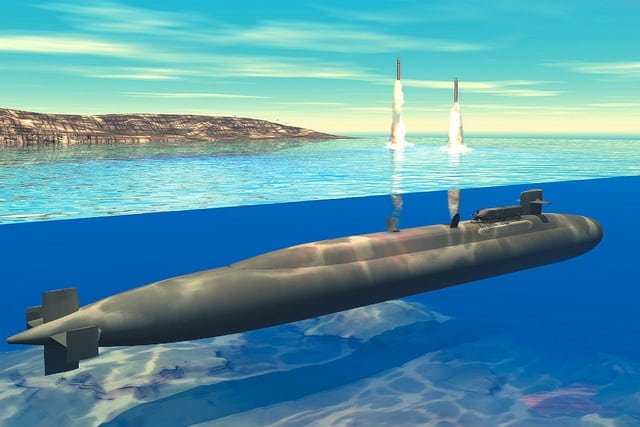
Nuclear Security & Deterrence Monitor Vol. 22 No. 04
Visit Archives | Return to Issue PDF
Visit Archives | Return to Issue PDF
Nuclear Security & Deterrence Monitor
Article 1 of 15
January 26, 2018
New Warhead Work in Nuclear Posture Review Would Badly Stretch NNSA Budget, Experts Say

The Donald Trump administration’s Nuclear Posture Review would add new warhead work to the U.S. National Nuclear Security Administration’s (NNSA) portfolio at a time when the agency’s budget is already stretched to the limit, nuclear-weapons experts — including…
Partner Content